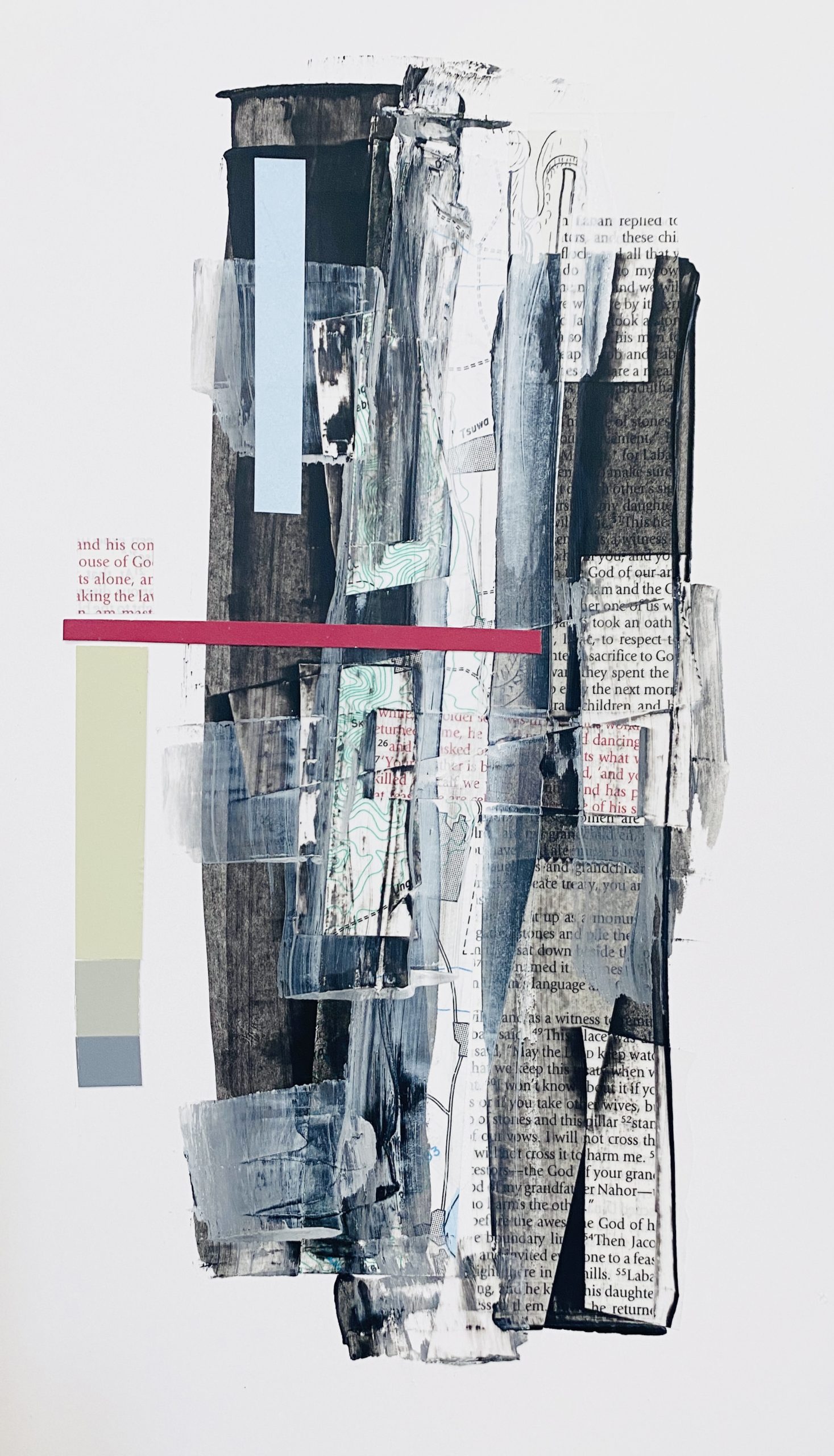
Art is fundamentally about ideas and a search for truth. What confuses many is that most art today speaks to the modern assault on the existence of truth and the erosion of meaning—a vacuous endeavor. Visual art is a way of understanding and probing meaning, purpose and experiences without the constraints of language. In fact, many great works of art express things that transcend language. Master works are not decorative or beautiful but rather embody important ideas. This is why we go to great lengths to preserve master works for future generations. Great art reveals truths about who we are. It changes the way we perceive and experience the world. It often has a transformative effect—making us better versions of ourselves. This is the ultimate value of art. How people leverage or manipulate that value for status, financial gain or power is clearly another complex matter.
Searching for meaning and purpose in this age is a treacherous endeavor. Those convinced truth exists and remain steadfast in their elusive quest, and those who claim they have been unburdened, both cling to ideas and values that are rooted in the Bible.
The ideas and aspirations embodied in this ancient narrative text have permeated practically every aspect of civil society—ideas such as the importance of human life, the stewardship of nature, equality, mercy, truth, justice and our obligation to care for the vulnerable. Regardless of your thoughts and opinions about the Bible, its durability and lasting impact can’t be disputed.
I was raised in a household that cherished the text, sought to understand its intent and use its ideas as a plumbline to reliably gauge one’s thoughts and actions. I have been keeping a visual journal for more than two decades, and these ancient stories naturally find their way into my thoughts and work. I paint three small paintings every day, and most days the entries result from an intuitive, spontaneous process. After I finish, I pin them up on the wall and ponder their meaning. The latest series of entries, one shown here, constitutes a lament. A deep sadness regarding the way the text is regularly contorted, cut, reassembled, manipulated and used for unintended and malicious purposes. It is like watching a child playing with scissors, unconcerned with the tool’s true purpose, oblivious to its capacity to inflict harm and ignorant to the responsibilities surrounding its use.
